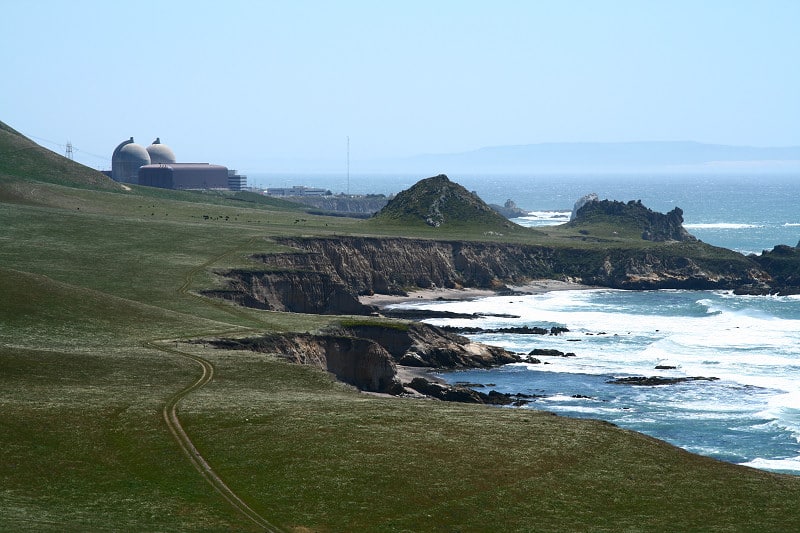Nuclear highlights of Rick Perry’s confirmation hearing plus a suggested action
The Senate Energy and Environment committee, chaired by Senator Lisa Murkowski, held a confirmation hearing yesterday for former Texas Governor Rick Perry, the Trump Administration nominee for Secretary of Energy. Sam Britton, the nuclear waste specialist from the Bipartisan Policy Center, produced a valuable resource by watching the full hearing and producing a series of…

